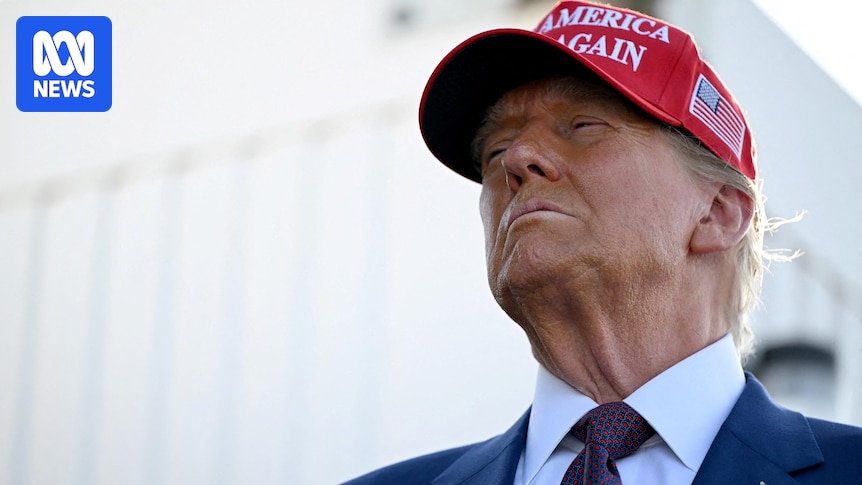
In a recent statement, U.S. President Donald Trump made headlines by referencing a “communist in charge,” a comment directed at Zohran Mamdani, a democratic socialist candidate in New York City’s mayoral race. While the political jab may have been misplaced, it underscored a broader geopolitical strategy: countering China’s dominance in the global supply of rare earth elements. On the same day, Trump signed a critical minerals deal with Australian Prime Minister Anthony Albanese, marking a significant step in addressing China’s stronghold.
The announcement comes as the United States grapples with China’s substantial control over rare earths, essential components in a wide array of technologies. China’s strategic use of capitalism to dominate this market has been a point of contention, with the country currently holding a 70% share of the global market. This development follows a historical pattern of China leveraging economic strategies to outmaneuver global competitors, raising questions about the effectiveness of U.S. responses.
China’s Capitalist Approach to Communism
China’s economic model has long been a topic of debate, blending communist governance with capitalist economic practices. The Communist Party has ruled China for 76 years, maintaining an official ideology of Marxism-Leninism “with Chinese characteristics.” This unique approach has allowed China to employ capitalist tactics, such as loss leading, to secure a monopoly over rare earths.
Historian Adam Tooze recently highlighted China’s role as a key player in modern economic development, describing it as “the master key to understanding modernity.” China’s dominance in rare earths is a testament to its strategic economic planning, which has left other nations, including the U.S., struggling to keep pace.
The Missed ‘Sputnik Moment’
The closure of the Mountain Pass mine in California in 2002, once the world’s principal rare-earths mine, should have been a wake-up call for the United States. Instead, it took years for the U.S. to recognize the strategic importance of these resources. This oversight mirrors the historical “Sputnik moment” of 1957, when the Soviet Union’s satellite launch spurred the U.S. to invest heavily in science and technology, leading to significant advancements such as the creation of NASA.
In contrast, China’s recent moves, including export controls on key minerals, have prompted a more reactive approach from the U.S. The February announcement by China’s Ministry of Commerce to impose new controls on tungsten, tellurium, and other minerals highlighted the country’s grip on critical resources. This action was reminiscent of China’s own “Sputnik moment” in response to U.S. semiconductor export bans.
Technological Advancements and Economic Strategies
China’s advancements in artificial intelligence (AI) and robotics further illustrate its strategic economic positioning. Earlier this year, Chinese AI company DeepSeek unveiled models that challenged American counterparts, while Alibaba’s Aegaeon system reduced the need for expensive Nvidia GPUs by 82%. These developments underscore China’s rapid technological progress and its implications for global competition.
Meanwhile, in Australia, a company called Bellbots is making headlines with its innovative use of Chinese-made robots in shopping centers. Founder Andrew Bell envisions a future where robots not only advertise for retailers but also assist shoppers, highlighting the practical applications of China’s technological advancements.
Looking Forward: Implications for Global Competition
The U.S. administration’s recent deal with Australia represents a critical step in diversifying its supply of rare earths, but it also underscores the need for a comprehensive strategy to address China’s economic influence. As global competition intensifies, the U.S. must consider long-term investments in technology and resource management to ensure economic resilience.
According to experts, the current geopolitical landscape requires a nuanced understanding of China’s economic model and its implications for global markets. As the U.S. navigates these challenges, the lessons of past “Sputnik moments” may serve as a guide for future policy decisions.
Ultimately, the ongoing developments in rare earths and technology highlight the complexities of global competition and the need for strategic foresight in navigating these challenges. As nations continue to vie for economic dominance, the importance of innovation and adaptability remains paramount.







